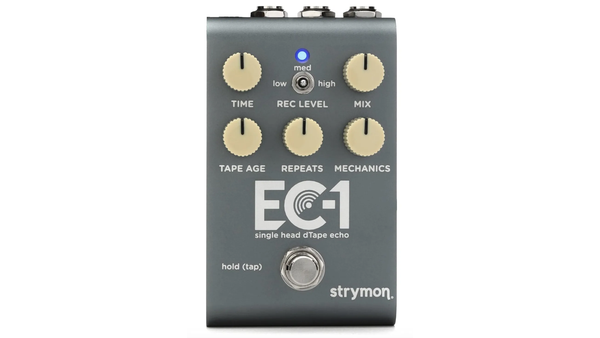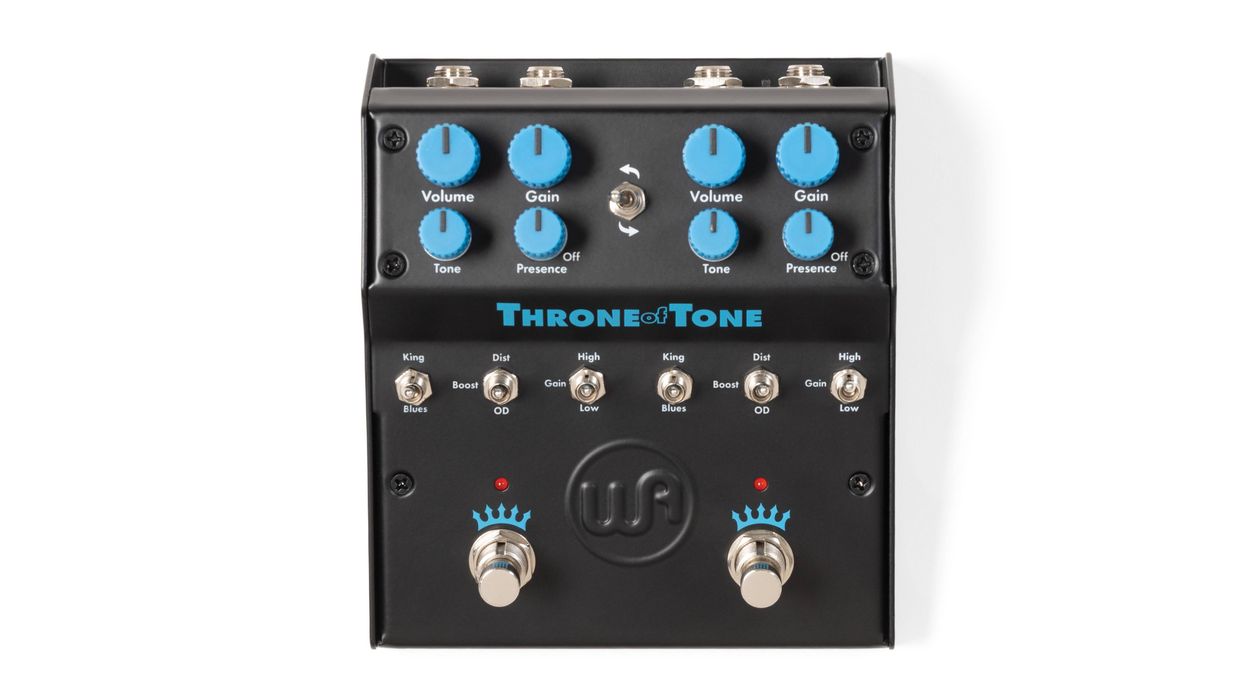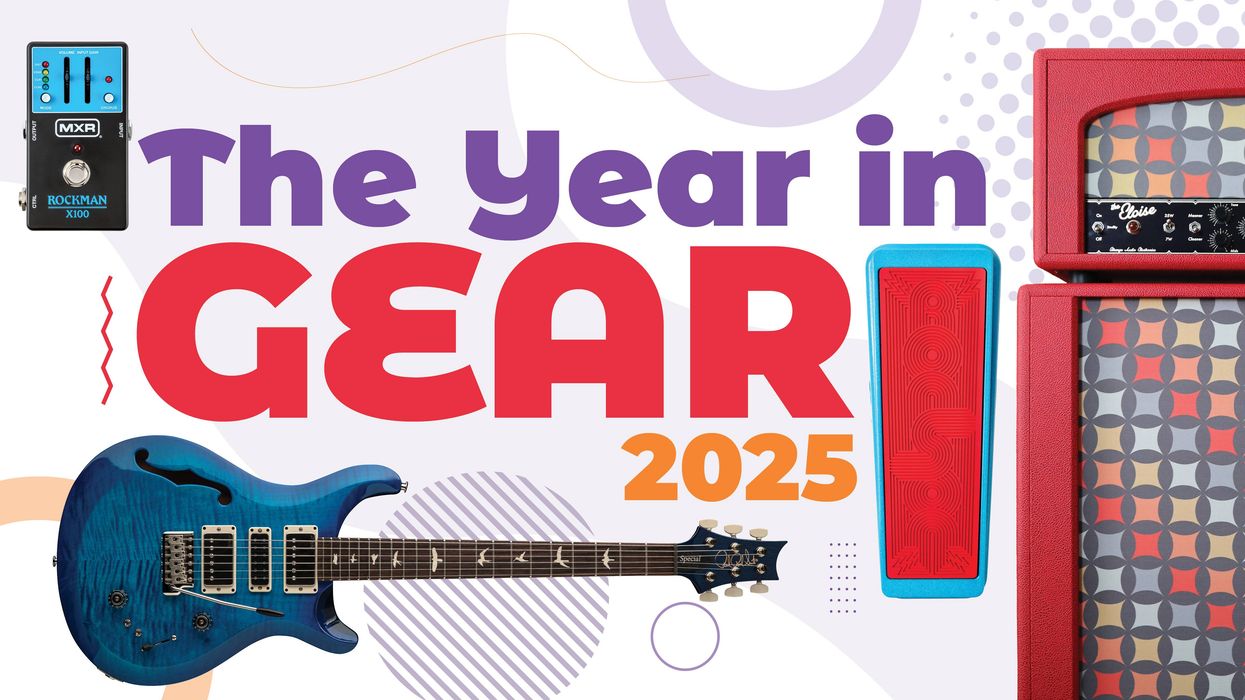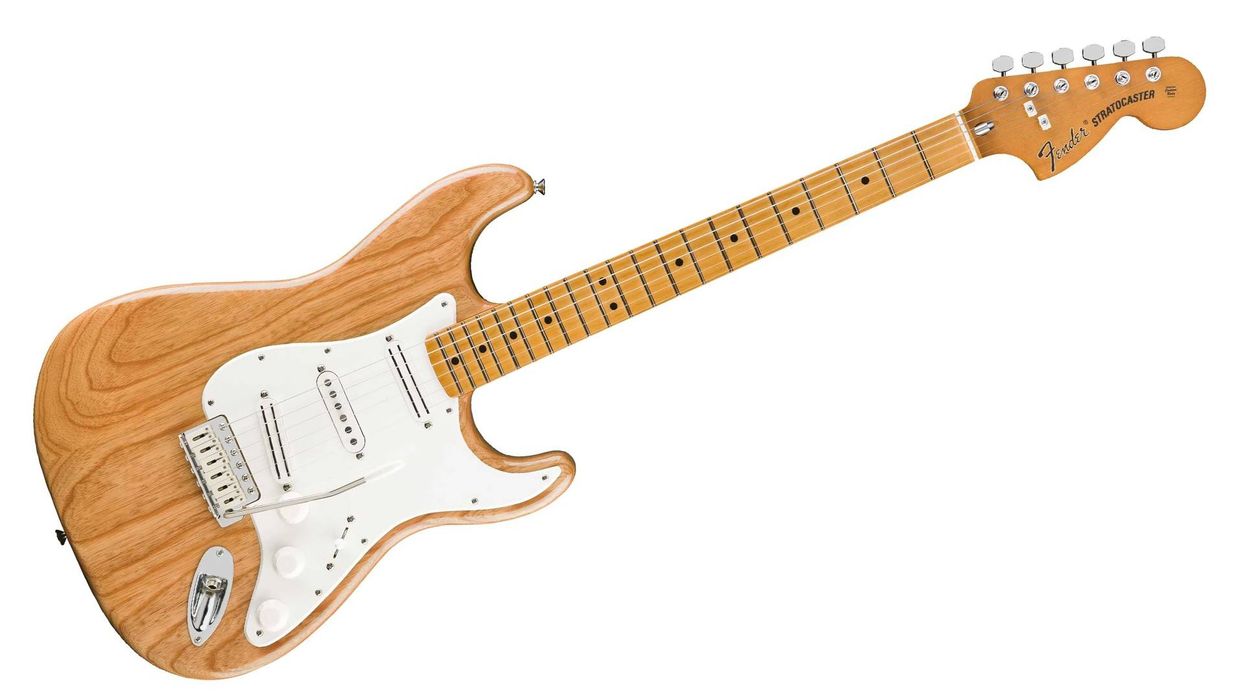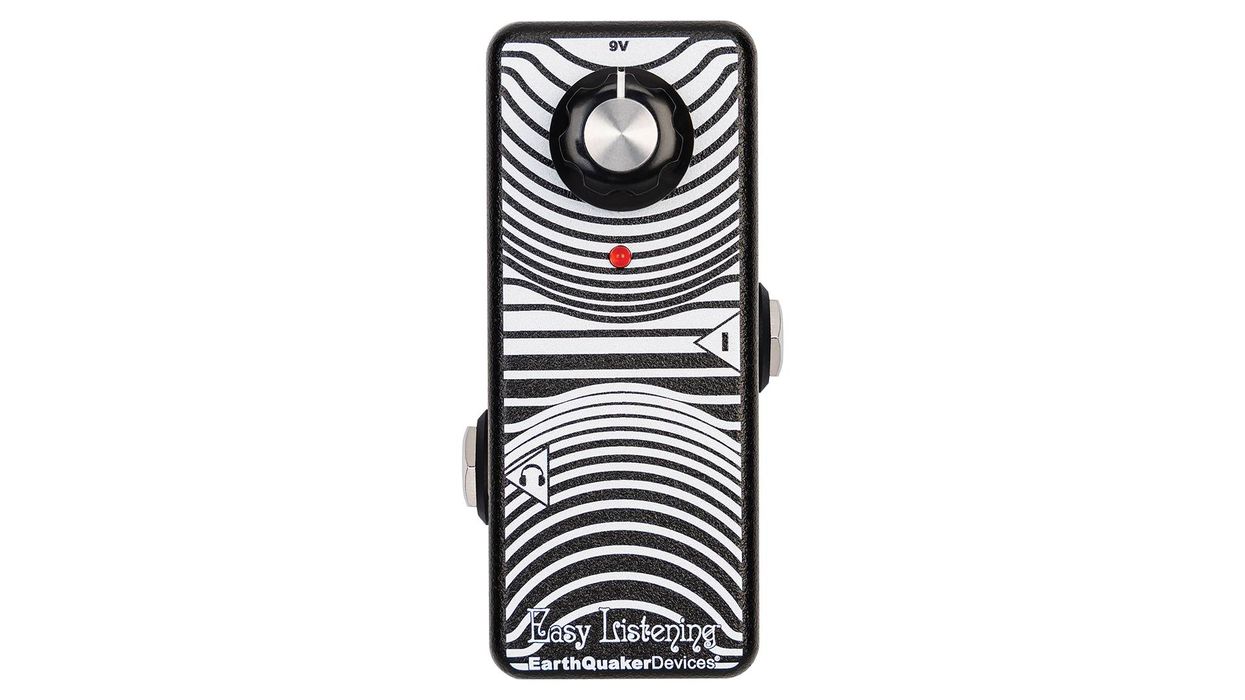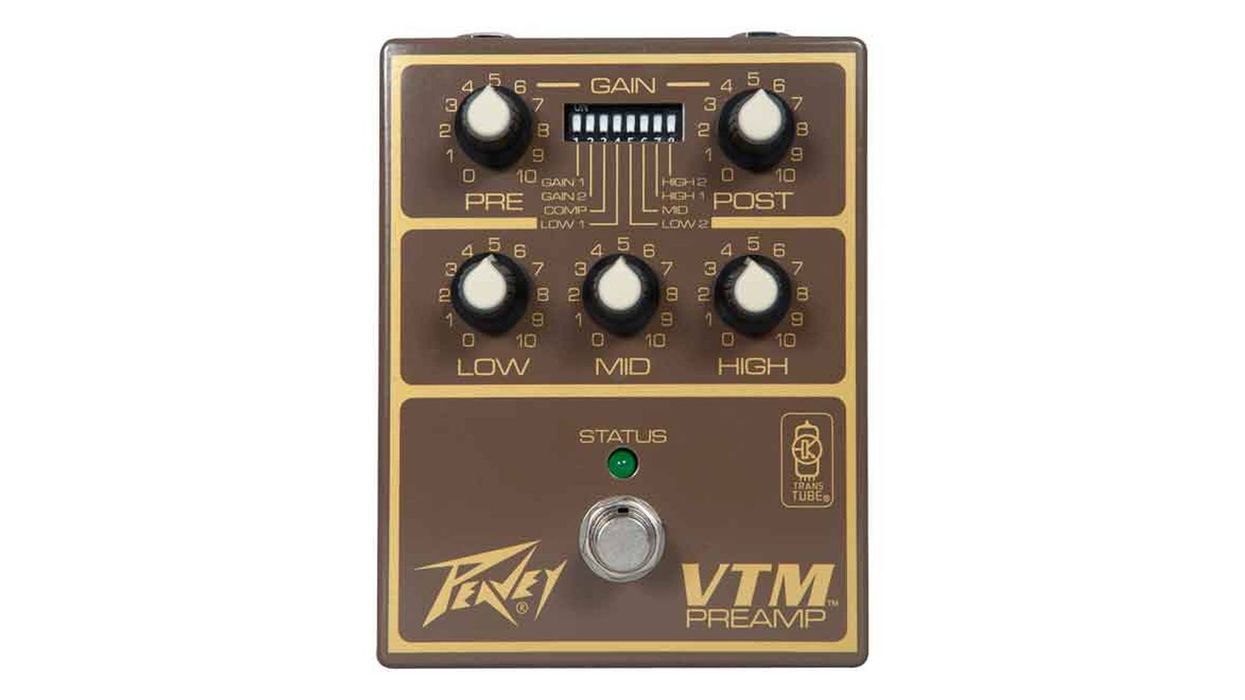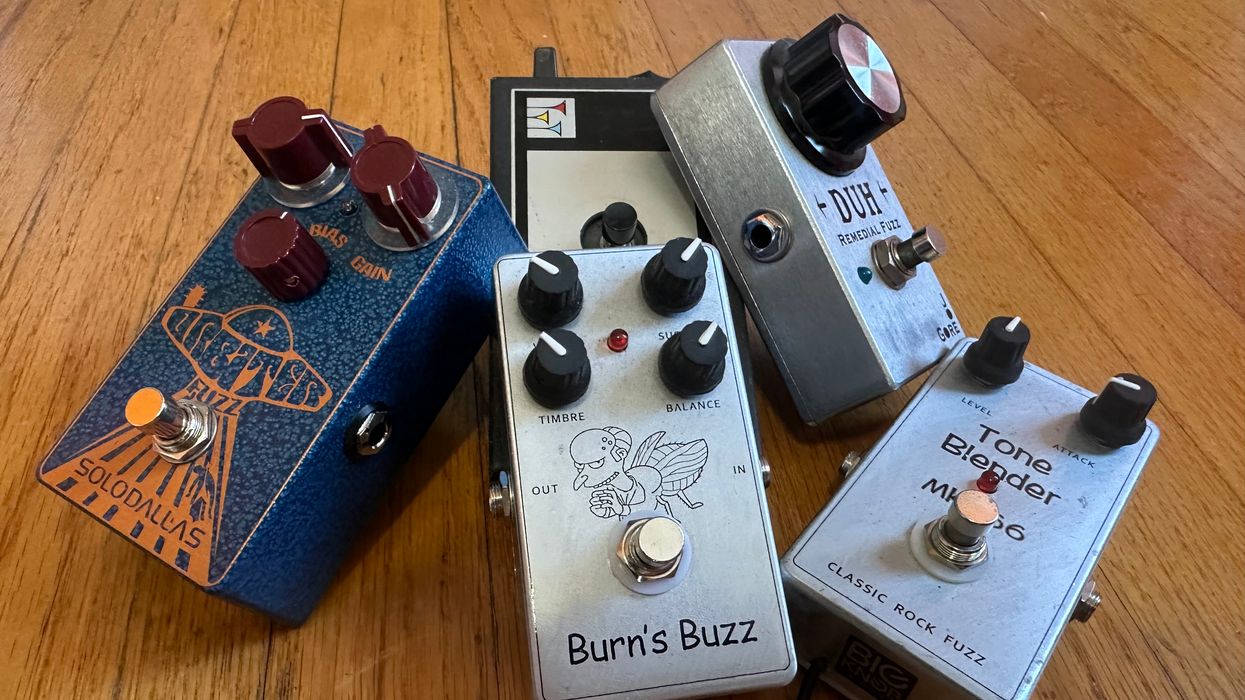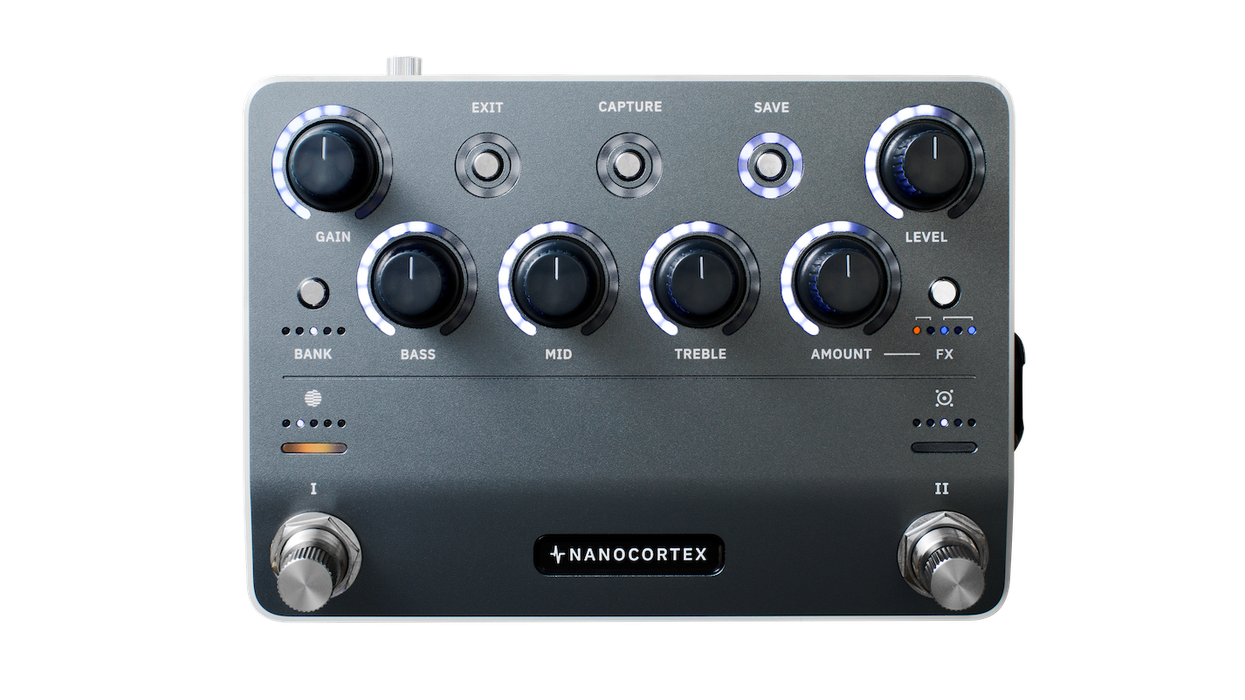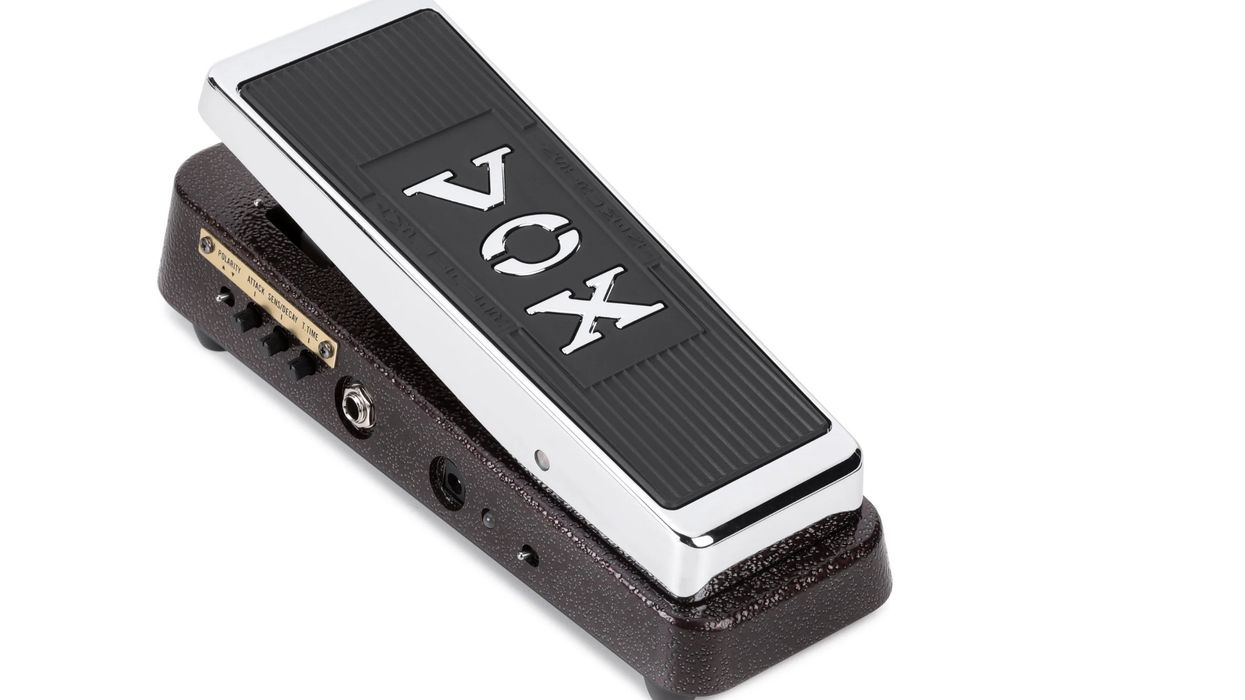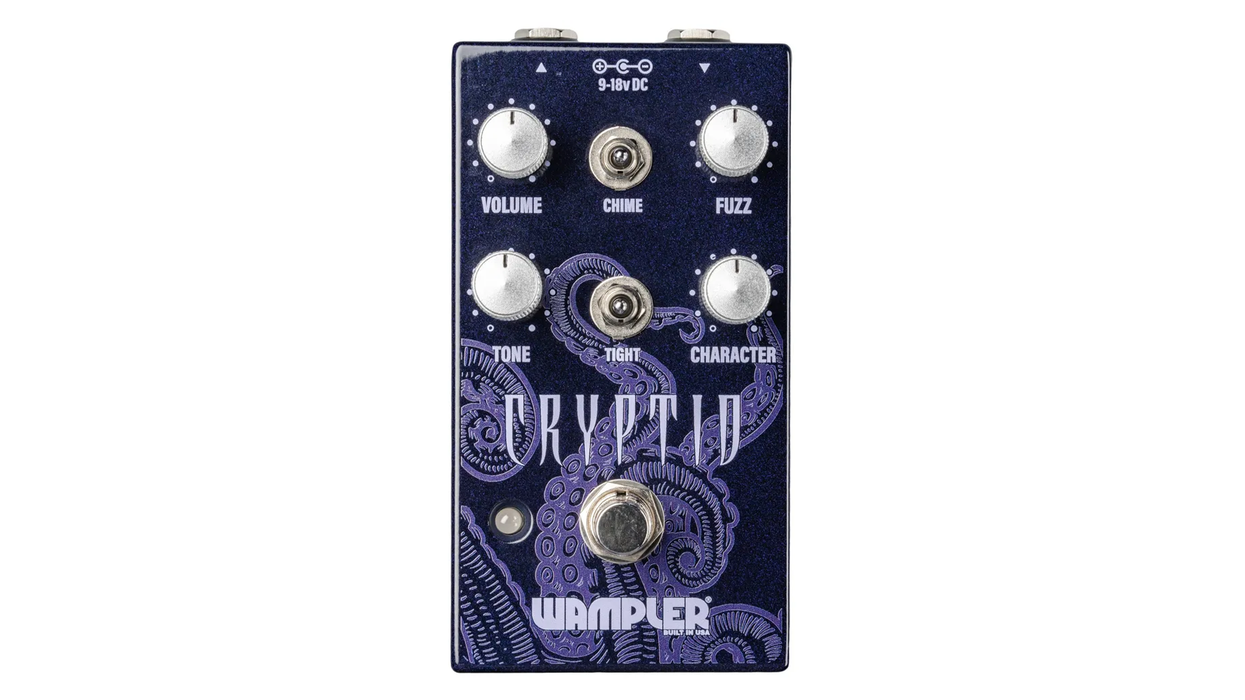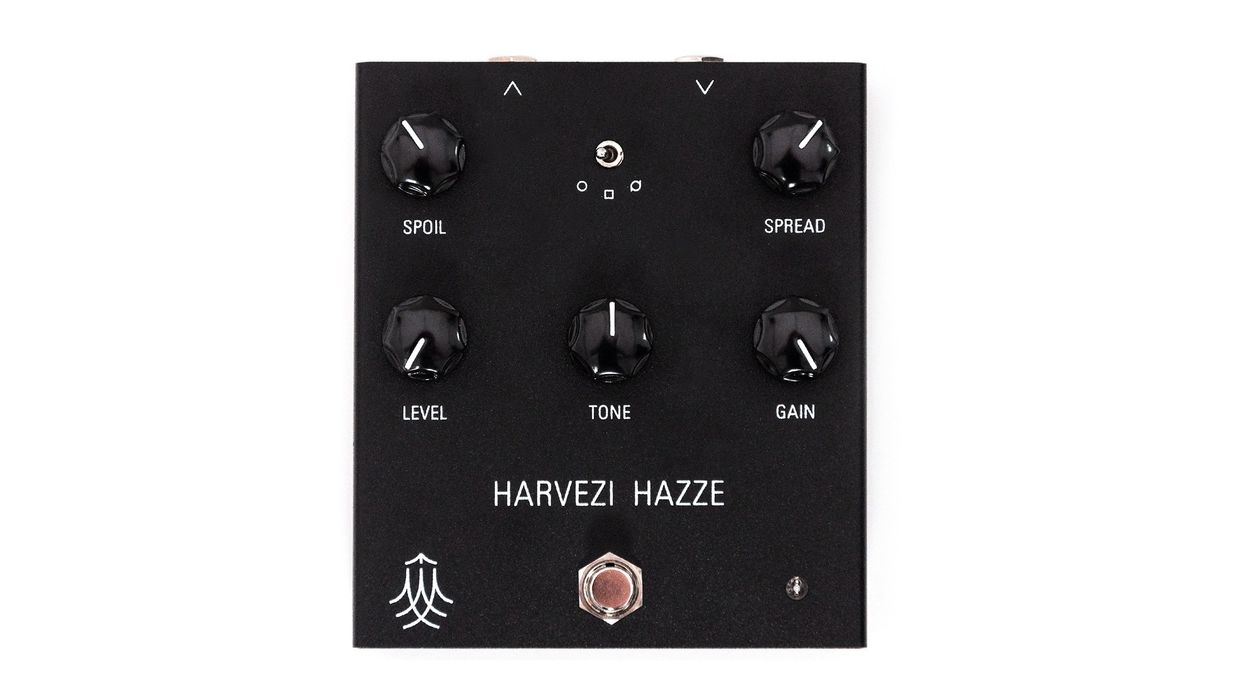Though they are maligned for their fragility, I’d put the Echoplex tape echo up there among the greatest pieces of musical instrument design. They are totally inspiring tools—certainly in terms of their sound, but also for the mechanical means by which one manipulates and mangles tones. These days, several digital sound designers replicate the Echoplex’s warm, hazy, and mysterious sonic fingerprint with startlingly good results. But just like real fingerprints, the sonic signature of every Echoplex is a little bit different, and one of the most interesting facets of the Strymon EC-1 design is the departure point they used for inspiration.
Rather than emulate the familiar and relatively common solid-state EP-3, Strymon used a tube-preamp-driven EP-2 as a launch pad—except that Strymon’s EP-2 was heavily modified by legendary amp man Cesar Diaz. In Strymon’s estimation, Diaz’ modifications added some characteristics of an EP-3 preamp to the EP-2 formula. In my experience (I’ve played EP-2s and EP-3s side by side and used the latter for comparison in this review) that could mean extra headroom or, in the worst cases, comparative brittleness. Strymon, for their part, says Diaz’ mods resulted in a warmer sort of EP-2 sound. Regardless of their design intent, the EC-1 sounds fantastic in many of the ways a great Echoplex might. The haze and degradation in each repeat sound and behave much like magnetic tape, shaving off high and high-mid spectrum detail as the echoes recede, and adding the dreamy, blurry ambience of a Gerhard Richter painting. But the EC-1 also does sound truly warmer than some of its rivals.
Punch and Foggy
The EC-1 features two preamp modes. The default or “amber” mode emulates the modded preamp Strymon discovered in their EP-2. Somewhat paradoxically for a pedal that excels at simulating tape-signal degradation, it gives the pedal a punchy, airy ambience that can make other delays sound flat and one-dimensional. You can also add up to 6dB of boost, and one thing is certain; at these hotter settings the EC-1 is not a tape-delay emulation that will go missing in an ensemble performance. The second “green” preamp mode emulates a stock EP-2, and while it sounded awesome, it felt a little less fun and dimensional—at least after ripping away with the default mode. Both modes sound great with drive and distortion, however. And in the amber mode, the extra detail you hear also makes it feel more sensitive to picking and input dynamics.
As is obligatory in most Echoplex emulations, the EC-1 offers excellent approximations of tape warble, tape wear, and recording input level effects. There is also stereo and MIDI functionality. In terms of price, the EC-1 inhabits an interesting position in a market full of top-performing Echoplex emulators. At $279, it’s $120 less than Universal Audio’s feature-rich Starlight Echo Station, $100 less than Strymon’s own El Capistan, and 80 bucks less than the Catalinbread Belle Epoch Deluxe. There are also excellent options in less expensive ranges, like the standard Belle Epoch ($209), Dunlop’s Echoplex pedal ($199), and UA’s Orion ($169). Though some of them offer more in terms of options and versatility, I’m not sure any of them can better the sounds of the EC-1. And certainly, the EC-1’s default mode offers a unique and exciting twist on EP-2 sounds that, while not vintage-correct in a technical sense, may offer more utility as a delay than the most perfectly executed Echoplex ever could.
